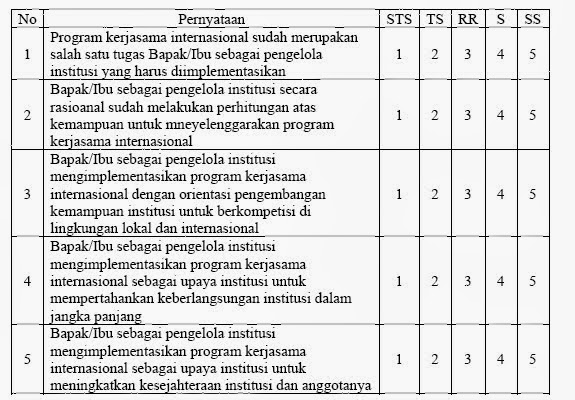In a world overflowing with data, extracting meaningful insights can feel like panning for gold. Whether you're a seasoned researcher or just starting to explore the world of data collection, understanding how to effectively measure opinions and attitudes is key. This is where the Likert scale comes in – a simple, yet powerful tool that can help you unlock a treasure trove of information.
Imagine you're trying to gauge customer satisfaction with your new product. Instead of relying on vague feedback like "good" or "bad," a Likert scale allows you to capture nuanced responses, revealing not just whether someone liked the product, but also the intensity of their feelings.
Developed by psychologist Rensis Likert in 1932, this method presents respondents with a statement and asks them to indicate their level of agreement or disagreement on a symmetrical scale. This typically ranges from "strongly disagree" to "strongly agree," with neutral options in between. This simplicity is part of what makes Likert scales so versatile and widely used across various fields, from market research and social sciences to healthcare and education.
Despite their apparent simplicity, Likert scales are not without their nuances. One of the main issues revolves around the interpretation of the data. While it's tempting to treat the responses as purely quantitative, assigning numerical values to each point on the scale, it's crucial to remember that these numbers represent subjective experiences. A "strongly agree" from one respondent might not hold the same weight or meaning as a "strongly agree" from another.
Understanding the strengths and limitations of Likert scales is essential for designing effective surveys and drawing meaningful conclusions from the data. By carefully crafting your questions, considering the number of response options, and being mindful of potential biases, you can harness the power of Likert scales to gain valuable insights into your target audience.
Advantages and Disadvantages of Likert Scales
| Advantages | Disadvantages |
|---|---|
| Easy to understand and complete. | Subject to response bias (e.g., social desirability bias). |
| Allows for nuanced responses beyond simple yes/no options. | Data might not capture the full complexity of opinions. |
| Can be used to measure a wide range of attitudes and opinions. | Interpretation of numerical data can be subjective. |
While this is just a glimpse into the world of Likert scales, it highlights their enduring relevance in a data-driven world. By understanding their nuances and best practices for implementation, you can leverage this powerful tool to gather actionable insights and make informed decisions.
Expressing affection exploring the world of love drawings dibujos de amor
Fsu class registration your guide to securing a spot
Elevate your website the power of perfect header fonts
kategori penilaian skala likert - You're The Only One I've Told
kategori penilaian skala likert - You're The Only One I've Told
kategori penilaian skala likert - You're The Only One I've Told
kategori penilaian skala likert - You're The Only One I've Told
kategori penilaian skala likert - You're The Only One I've Told
kategori penilaian skala likert - You're The Only One I've Told
kategori penilaian skala likert - You're The Only One I've Told
kategori penilaian skala likert - You're The Only One I've Told
kategori penilaian skala likert - You're The Only One I've Told
kategori penilaian skala likert - You're The Only One I've Told
kategori penilaian skala likert - You're The Only One I've Told
kategori penilaian skala likert - You're The Only One I've Told
kategori penilaian skala likert - You're The Only One I've Told
Rumus Menghitung Data Angket Rating Scale - You're The Only One I've Told
kategori penilaian skala likert - You're The Only One I've Told












